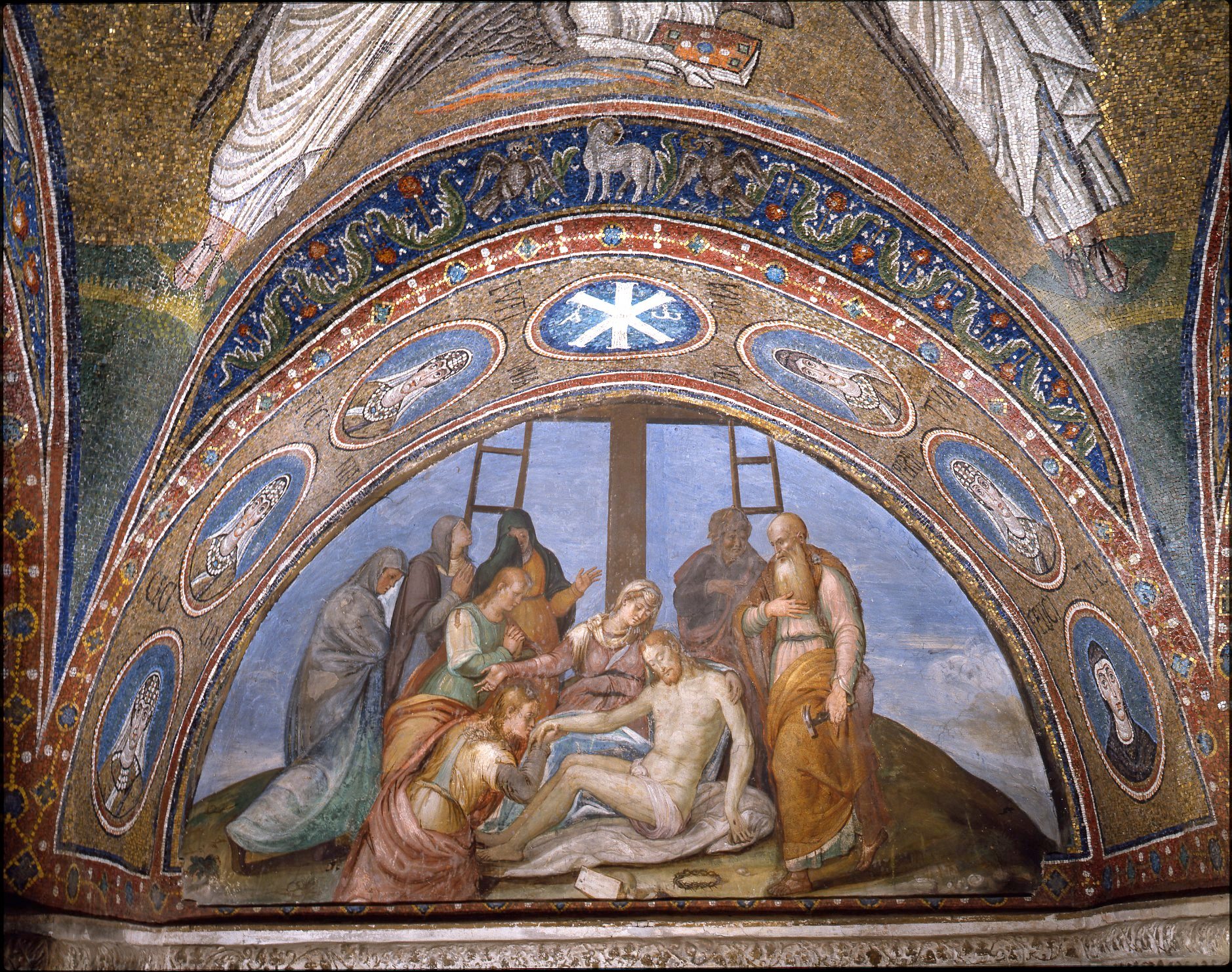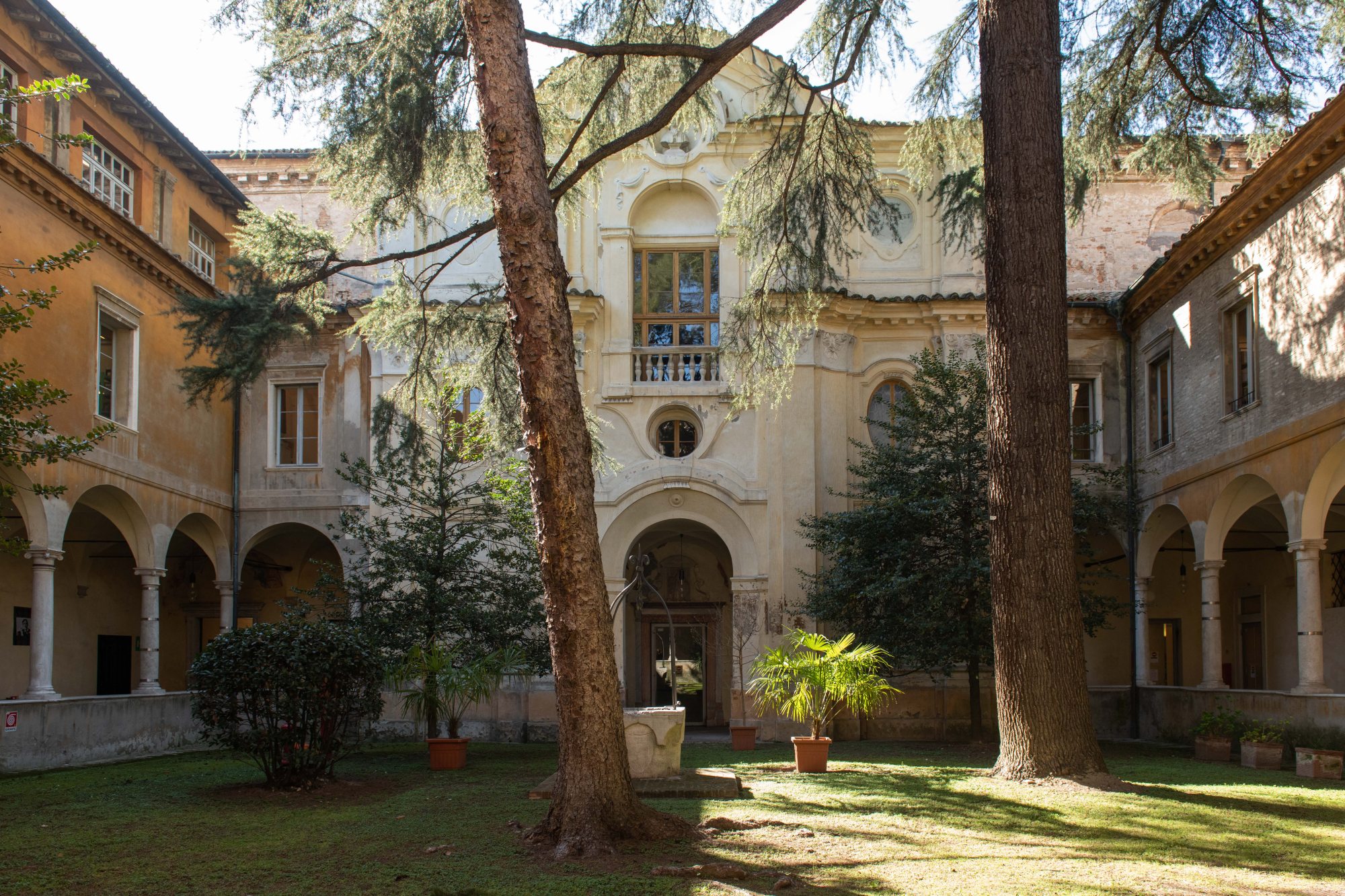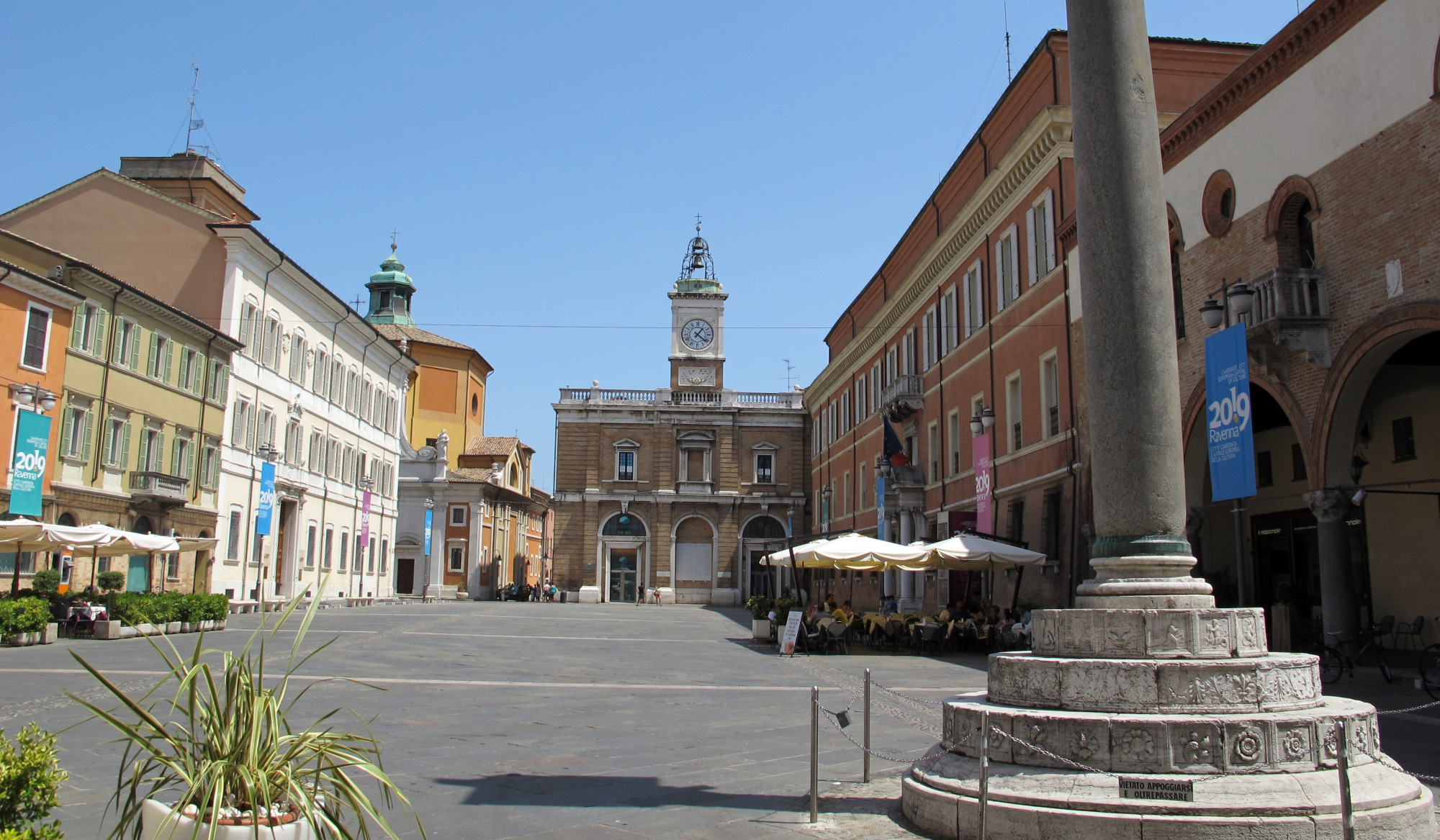
The itinerary dedicated to the Renaissance art of Ravenna “The Art of Ravenna in the 15th and 16th centuries: pictorial masterpieces by Francesco Zaganelli and Luca Longhi” takes you on a discovery of the hidden gems and strikingly beautiful artworks that might, at least for a day, make you forget you are in the city of gilded mosaics.
Ravenna was once a capital city, from the time of the Roman Empire to the Kingdom of the Goths until the Byzantine Exarchate. But in the Middle Ages, this Adriatic city was reduced to a small provincial town, despite the imposing ramparts and ancient monuments that even today still testify to its former glory.
It was only in the 15th century that a new wave of artistic and cultural fervour spread through Italy - the Renaissance. In Ravenna, the Renaissance took hold with the arrival of the Venetians who conquered the city in 1441. From that time on, the city was filled with squares, majestic buildings and churches that reflected the artistic tastes and classical principles typical of the Renaissance period.
The military architecture and street plan were the first things to change. The city walls were reinforced, and in 1457 the new fortress was built: the Rocca di Brancaleone, which has the innovative floor plan typical of 16th-century fortifications. After that, in the centre of Ravenna, Piazza del Popolo was built. This is the city's main square and houses the Venetian Palace, a clock, and two pillars elaborately decorated in the Venetian style by Pietro Lombardi. The plan of the square also follows the dictates of Italy’s leading Renaissance architect: Leon Battista Alberti.
Apart from the public buildings, Ravenna also enhanced its religious architecture during the early Renaissance period. The church of Santa Maria di Porto is by size and quality the best example of Venetian architecture in Ravenna. Its main cloisters are still greatly admired for the famous Lombardesque balcony, perfect proportions and exquisite marble finishes. Many other churches in the city, such as the churches of San Francesco, San Giovanni Evangelista, Sant’Apollinare Nuovo and even the complex of San Vitale, are also embellished with porticoes, chapels and decorations closely based on the classical models that fully embrace the Renaissance style.
The Venetians were chased out of the city in 1512, but this did not dampen the artistic spirit of the Renaissance in Ravenna which in fact, during the course of the 16th century, produced some of Italy's finest masterpieces of the period. The heroes of this artistic resurgence were Francesco Zaganelli (1450-1532) and later, Luca Longhi (1507-1580).
The painter Francesco Zaganelli followed in the footsteps of the Renaissance artists of Ferrara, in particular Ercole de’ Roberti, who inspired Zaganelli’s works from 1513 onwards. Many of them can still be seen today at the city’s art museum MAR, il Museo d'Arte della Città di Ravenna.
MAR is also home to the masterpieces of an artist who is thought to have been a pupil in Zaganelli’s 16th-century workshop: Luca Longhi. This extraordinary painter and his artworks, many of which can still be seen today in the churches of Ravenna, incorporated the Mannerist style: refined and extravagant, characterised by intense and unnatural colours. The forms in Longhi’s earlier works tended to be softer and more graceful. It was only later that his artistry developed into an eclectic style reminiscent of the late 16th-century approach.
In the 1670s, Longhi began working closely with Francesco and Barbara, his children, who proved to be just as talented as their father. Our walking tour of Renaissance Ravenna takes us on a discovery of the many artworks left by Luca, Francesco and Barbara Longhi. The paintings are kept in the churches of Santa Maria in Porto, Santa Barbara, San Francesco, Sant’Agata, Santa Maria Maggiore, San Giovanni Battista, the Cathedral, the Archbishop’s Palace and in the Classense Library, where you can find Longhi’s great masterpiece, the Marriage at Cana, a mural in the refectory. Its backdrop depicts Ravenna in the year 1579.
TECHNICAL INFO
Distance: 5 km

